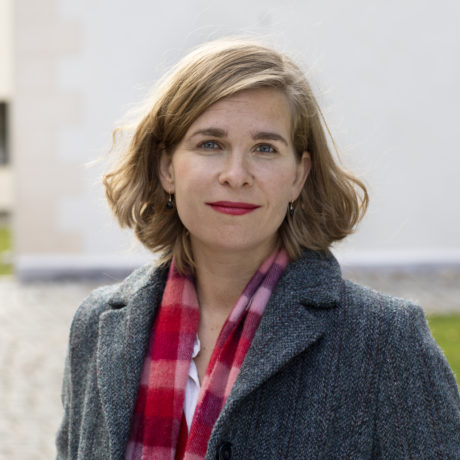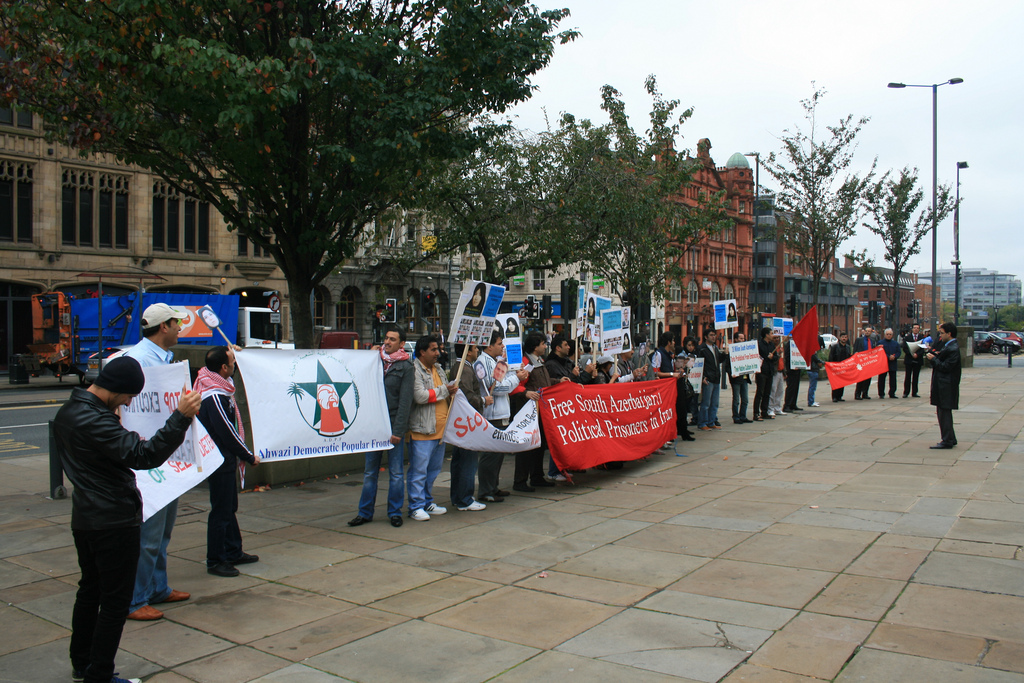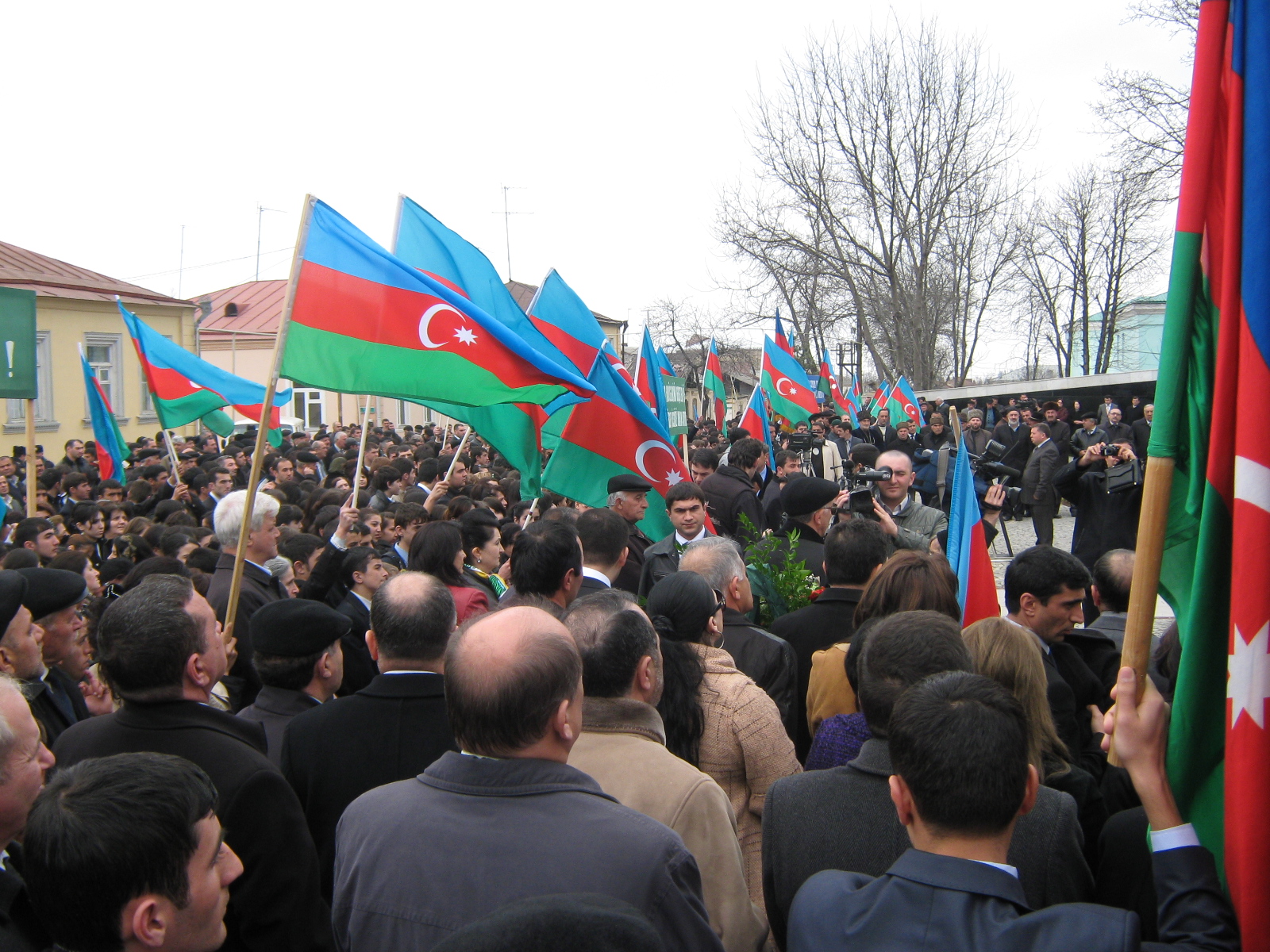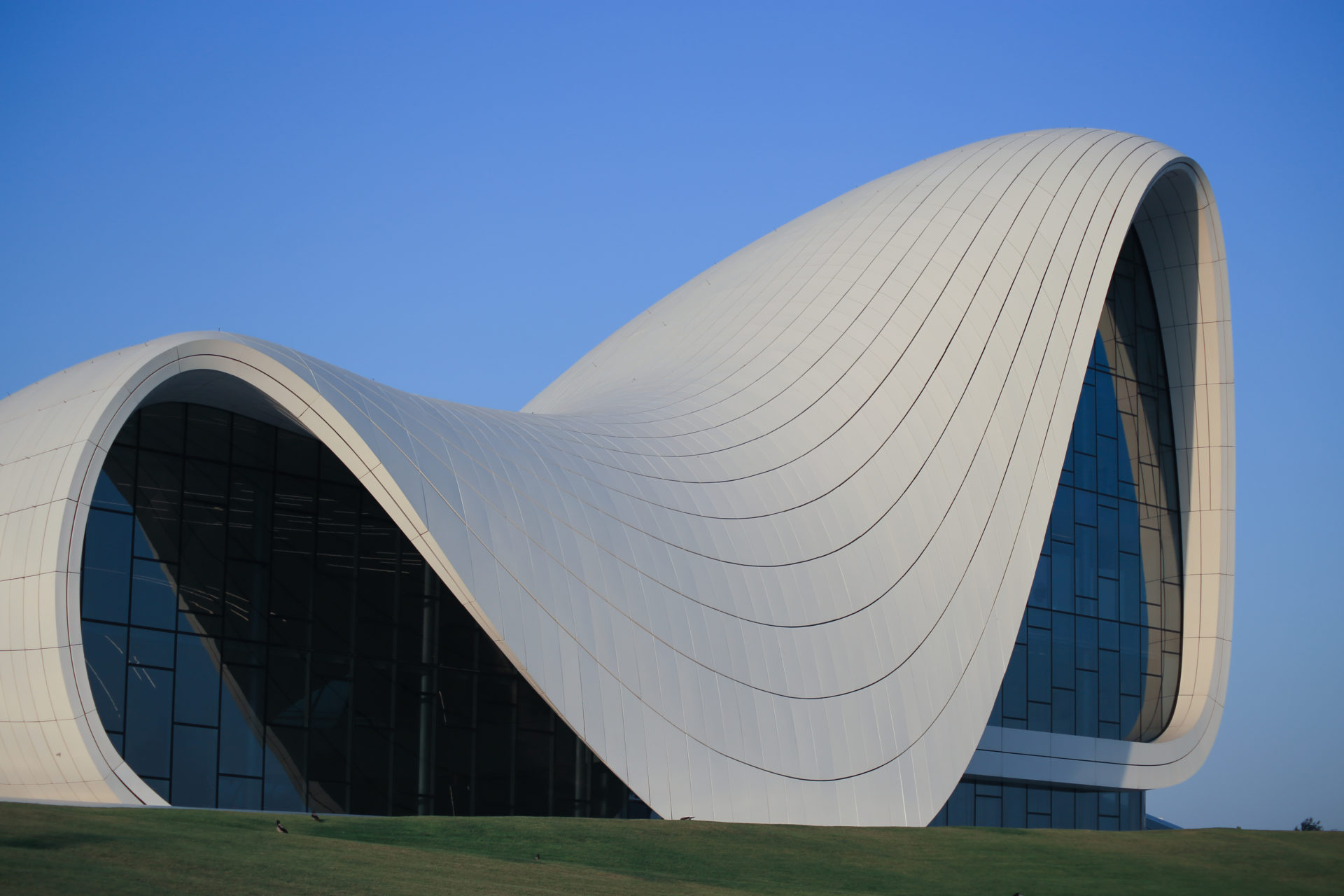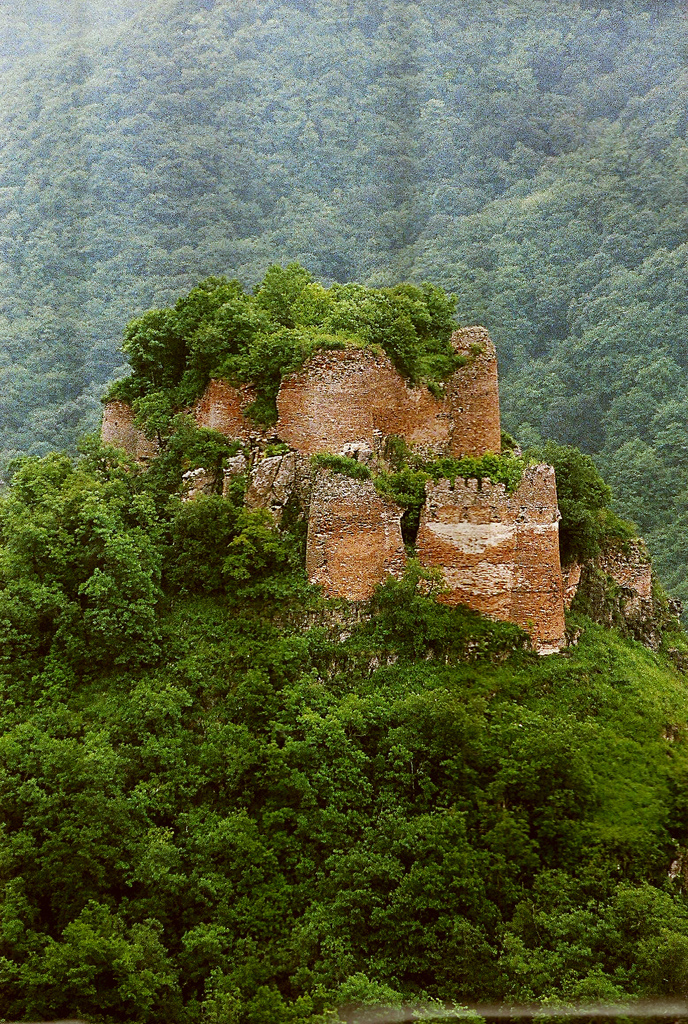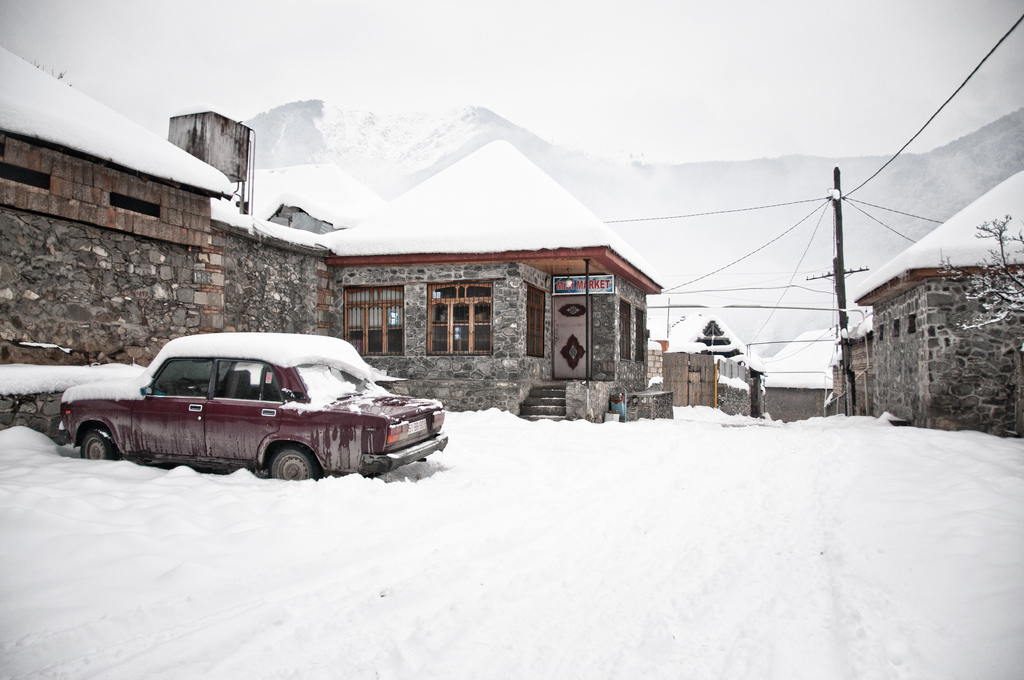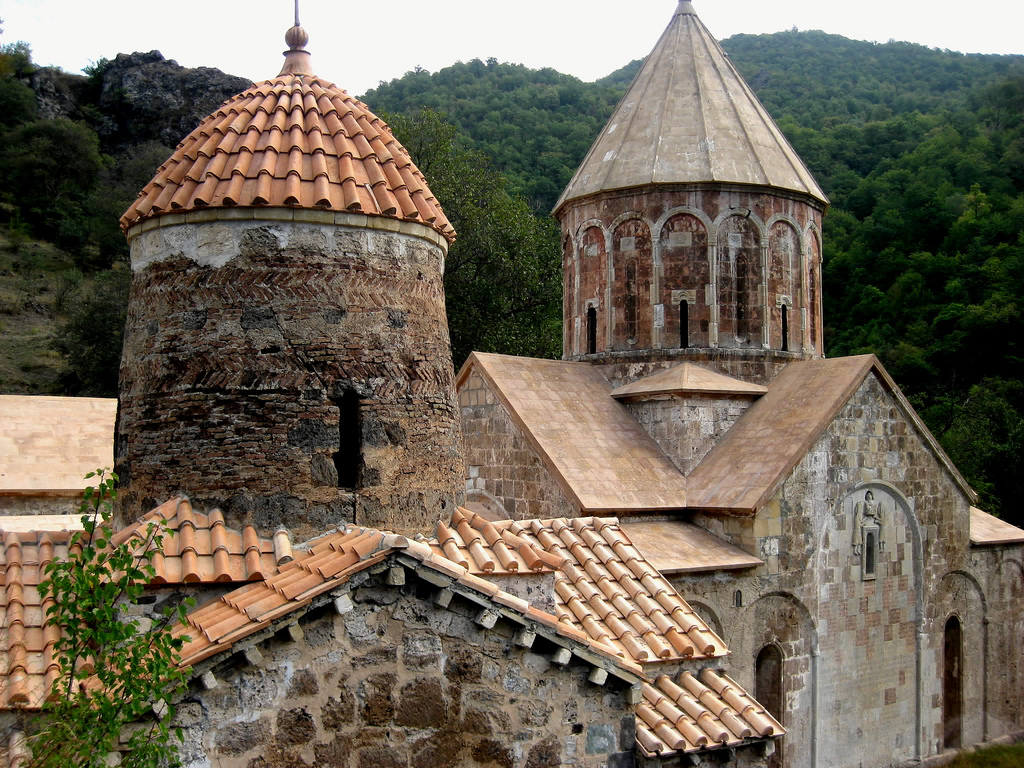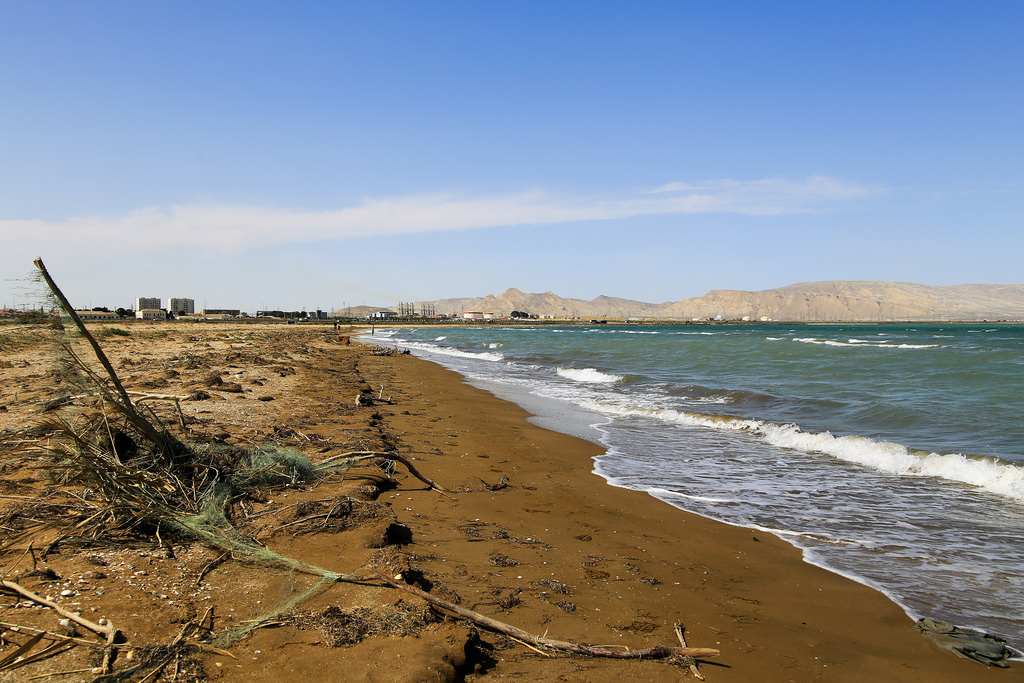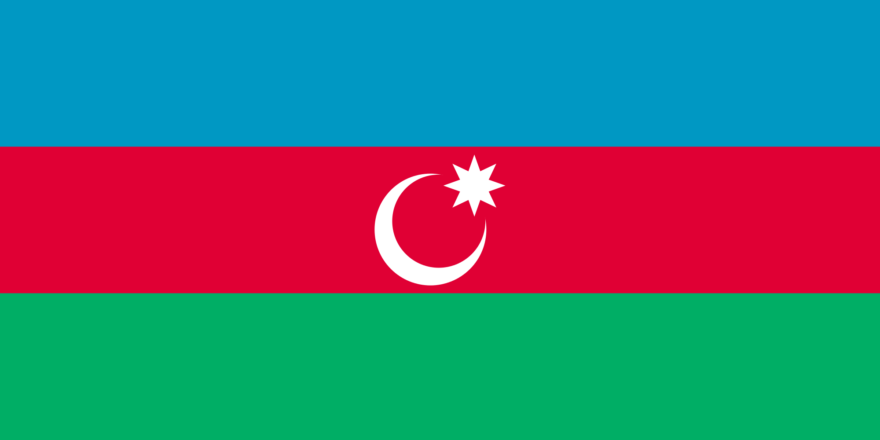
Azerbaijan
- Governance: Republic, unitary state
- Capital: Baku
- Population: 8.9 million
- Religion: Islam
- Language: Azerbaijani
- Location: Caucasus, Asia
- Democracy-index: Not free, 12/100
Located within the Caspian Sea basin, the country has vast reserves of oil and subterranean natural gas. Perhaps the flames from gas deposits that gave the country its name, meaning “The Land of (Holy) Fire”.
Azerbaijanis never stop arguing among themselves whether they belong in Europe or Asia. An introduction to this complex history is captured in the classic novel “Ali and Nino” from the beginning of 1900s. The capital Baku’s old city is there described as Asia, where “the houses were narrow and curved like oriental daggers” and “minarets pierced the mild moon”, while the new city, home to the Russian and international oil companies, is in the image of Europe. One can still see this division between past and present, traditional and modern, the East and the West today.
Azerbaijan today
According to its constitution, Azerbaijan is a democratic republic. In fact, the independent country has been ruled by the Aliyev family for almost three decades. In 2003, the current president Ilham Aliyev, succeeded his father, a Soviet-era politburo member, Heydar Aliyev. During his fifteen years in power, Ilham Aliyev enhanced the autocratic system he inherited, strengthening his family’s grip on power.
Big importance has been attached to showing off Azerbaijan during prestigious international venues, like Eurovision Song Contest and Formula 1. In 2017 Ilham Aliyev appointed his wife, Mehriban Aliyeva, as the First Vice-President. At the same time, the space for activism, critical journalism and political activity has shrunk dramatically after years of arrests, forced emigration and harsh prison sentences for all who disagreed with the ruling elites.
NHC and Azerbaijan
Norwegian Helsinki Committee started monitoring the human rights situation in Azerbaijan from 2001, when the country became the 43rd state of the Council of Europe (CoE). Many human rights groups and politicians viewed CoE-membership as an opportunity to nudge Azerbaijani leaders down the road of democratization and respect for human rights. Instead, the situation with political and civil freedoms, corruption and power abuse has deteriorated even further over the last decades.
Magnitsky campaign
During these years the NHC has been involved in election observation and capacity building for civil society in Azerbaijan, together with local partners. Together with partners we raise the issue of political prisoners and campaign for their release. As part of the Global Magnitsky campaign, NHC has called for sanctions against Azerbaijani officials involved in grave human rights abuses.
History
In 1828, Russia and Iran divided Azerbaijan under the Turkmanchay treaty. The territory of present-day independent Azerbaijan became part of Russian empire, while southern Azerbaijan remained – and continues to be – part of Iran. Around 20 million Azerbaijanis are estimated to live in Iran, which is twice the number of the population in independent Azerbaijan.
The first Azerbaijan Democratic Republic was established soon after demise of the Russian Empire in 1918, becoming one of the first democratic and secular republics in the Muslim world. It was invaded and forcibly incorporated into the Soviet Union two years later – in April 1920. In the 1990s, the newly independent Azerbaijan has initially adopted a Western model of democratic government before turning in the direction of corrupt authoritarianism.
Years after independence from Soviet Union were plagued by unrest, territorial losses to neighbouring Armenia and economic tumult before today’s political stability was secured by solid oil revenues. The military conflict with Armenia over Nagorno-Karabakh, the internationally recognized autonomous enclave of Azerbaijan primarily populated by ethnic Armenians, began already in the late Soviet period, causing massive displacement and claiming more than 30,000 lives. The unresolved conflict over the Nagorno-Karabakh enclave ended in a volatile cease-fire in 1994 but no final settlement between Armenia and Azerbaijan was found.
Read more about life in Nagorno-Karabakh here.
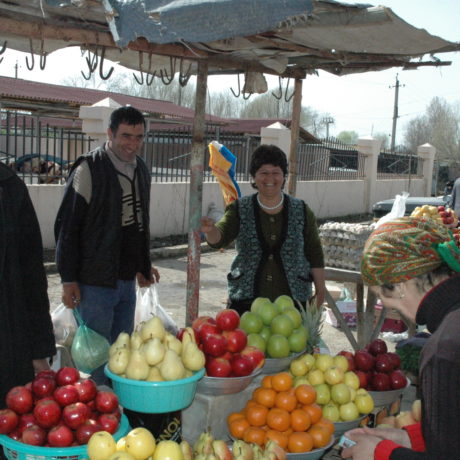
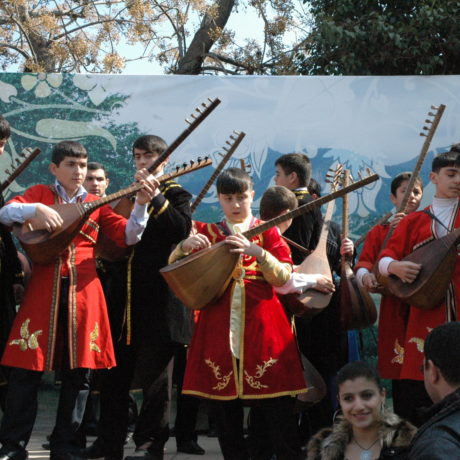
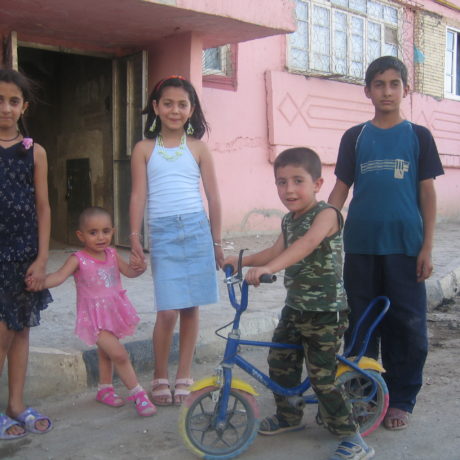
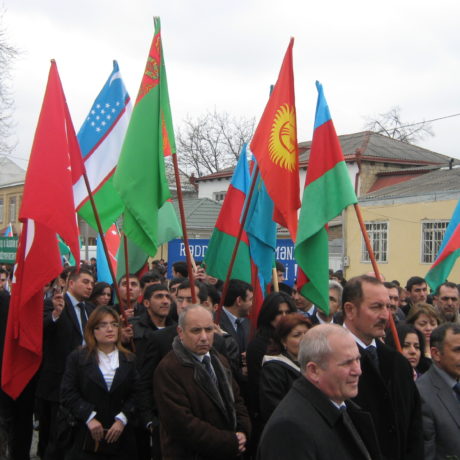
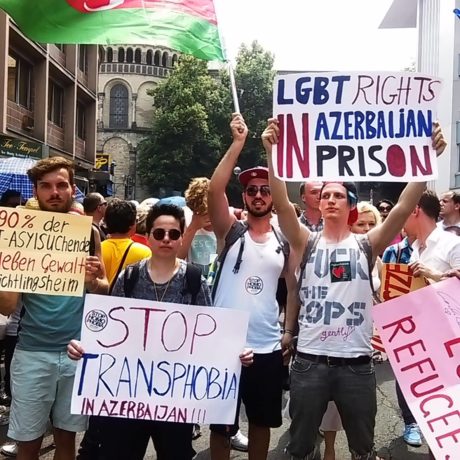
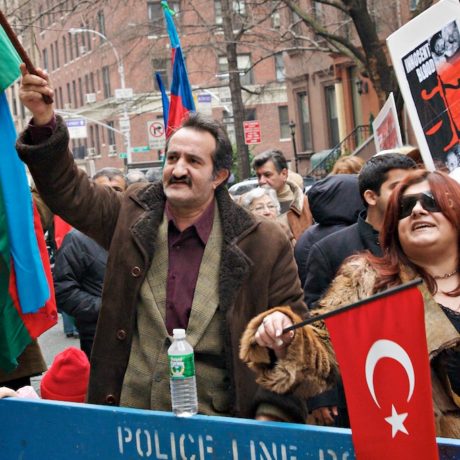
Timeline
• 7th – 10th century: Azerbaijan under the Arab Caliphate
• 1200-1800: Azerbaijan a part of various Turkic dynasties
• 1828: Azerbaijan is being divided between Russia and Persia
• 1918: The northern parts of Azerbaijan declare independence
• 1920: Becomes a Soviet Union republic
• 1960s: Heydar Aliyev becomes the leading political figure
• 1988: The conflict with Armenia over Nagorno-Karabakh
• 1991: Independence from the Soviet Union
• 1994: Ceasefire was reached between Azerbaijan and Armenia
• 2001: Azerbaijan joins the Council of Europe
• 2003: Heydar Aliyev dies, and his son Ilham Aliyev takes over as president
• 2018: Ilham Aliyev is elected president for fourth term with 86% of votes

